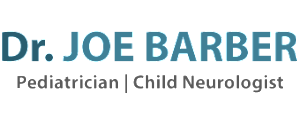The Importance of Praise
As parents we worry about praising a child too much or too little. Too much praise and a child might grow up spoiled and unwilling to tackle challenging tasks. Too little and a child grows up insecure, overly independent and absent healthy reciprocal relationships.
Praise encourages your child to explore the world. It is the natural progression after providing secure attachment for your infant. It engenders a sense of belonging and a sense of purpose in your child’s life. Acts of praise make your child feel worthwhile and loved. It is a powerful reward. Your child wants to please you. Acts of praise show your child she is a good person. It allows her to build her self-confidence and self-worth.
Acts of praise give parents the opportunity to show a child it is the actions we choose rather than the outcomes we achieve which are important. Praise allows a parent to focus on efforts not outcomes. At the same time a parent is able to focus on strengths. By focusing on strengths and not weaknesses your child’s confidence and self-worth increase. Over time, your child will learn how accomplishments are appreciated but actions are treasured.
When praise is given in a fashion that supports feedback rather than criticism your child will learn how statements made from a position of power are prone to be overly personal and lead to feelings of inadequacy, anger and frustration in the child. Effective praise is directed to events and not the person. In this way praise teaches your child the importance of direction rather than criticism.
Praise also teaches us the importance of authenticity and realistic expectations. Children know when we are being real and when we are not. Praise is one of the ways we learn the importance of being true to ourselves and to others. Another reason it is so important concerns realistic expectations for our child. It is very easy for a busy parent to project onto a child expected behaviors that are not developmentally appropriate. By giving appropriate praise each of us is reminded never to forget the importance of our child’s physical and emotional developmental levels.
